What Makes Stone Inlay Art Unique in Indian Architecture?
Stone inlay art, also known as Pietra Dura, is a striking feature of Indian architecture. This complex craft involves embedding semi-precious stones into marble or sandstone to create stunning patterns. The uniqueness of stone inlay art lies in its precision and complexity. Artisans would use a painstaking process to carve delicate grooves into marble.
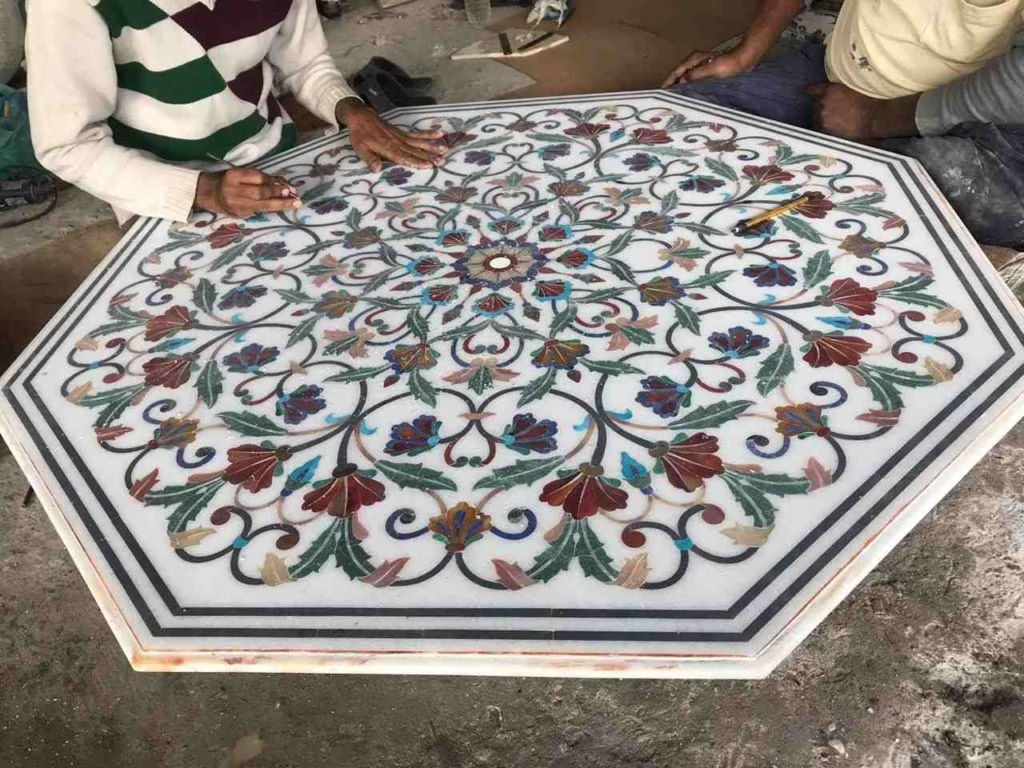
Stones were then carefully cut and shaped to fit perfectly into these grooves. Each piece could take weeks to complete, depending on the intricacy of the design. For instance, the Taj Mahal required the labor of over 20,000 artisans and spanned 22 years (1631–1653) to achieve its magnificence.
This art form also reflects cultural and artistic fusion. Mughal rulers combined Persian, Indian, and Islamic elements to create distinctive designs. The floral motifs on the Taj Mahal symbolize paradise in Islamic tradition.
Stone inlay art also holds historical significance in India. It reached its peak during the Mughal era, especially under Shah Jahan. The art form was not limited to the Taj Mahal but extended to monuments like the Agra Fort and Humayun’s Tomb. Today, this craft continues to thrive in India, particularly in Agra and Rajasthan. Tourists and collectors value it for its artistic and historical appeal. Stone inlay art remains a symbol of India’s rich heritage and exceptional craftsmanship.
How Did Stone Inlay Art Originate?
Stone inlay art originated in the ancient civilizations of Egypt and Mesopotamia, around 3000 BCE. These cultures first used the technique to create decorative objects by embedding semi-precious stones like lapis lazuli and carnelian into jewelry and statues. Over time, the craft evolved, gaining prominence in ancient Rome, where it was used in mosaics and architectural decorations.
The true refinement of stone inlay as an art form came during the Italian Renaissance (14th–16th centuries). Florence, in particular, became a hub for commesso—a technique of intricate stone inlay that transformed flat surfaces into richly colored, pictorial designs. From Italy, the technique spread through trade routes to Persia and eventually to India.
In India, the Mughal emperors embraced the craft after its introduction during the reign of Akbar in the 16th century. Persian artisans brought their knowledge of inlay techniques, blending them with local Indian styles. By Shah Jahan’s era (17th century), this art had reached its zenith, culminating in the creation of the Taj Mahal. The monument stands as a testament to the mastery of this technique, featuring floral motifs inlaid with 28 varieties of stones sourced from regions as far as Rajasthan, Persia, and Central Asia.
This fusion of Indian and Persian techniques created a unique style that became a hallmark of Mughal architecture. Over time, the craft spread to regions like Rajasthan, where it blended with local aesthetics, leaving a lasting legacy in Indian art and architecture.
Why Is Stone Inlay Art Significant?
Stone inlay art is significant for its unparalleled technical complexity and historical impact on architecture and culture. It is an art form that blends craftsmanship, precision, and luxury.
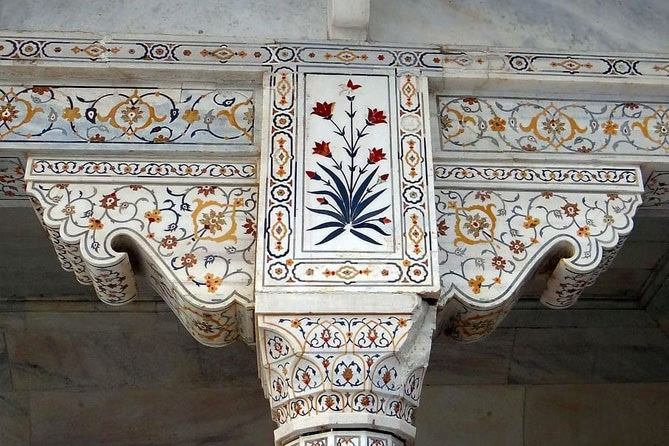
- Technical Precision: The process of stone inlay involves cutting and placing semi-precious stones like jade, turquoise, lapis lazuli, and jasper into a marble surface. This technique requires meticulous attention to detail. For instance, in the Taj Mahal, artisans inlaid over 28 types of stones, each requiring specific tools and skills. The stones were often sourced from different parts of the world, such as Afghanistan, Persia, and Central Asia, showcasing the global reach of this craft.
- Cultural Significance: Stone inlay art symbolizes the fusion of different cultural influences. In Mughal India, Persian artisans brought the craft, which was later refined by local Indian artisans. The Taj Mahal is a key example of this cultural amalgamation. The use of Persian and Indian motifs, along with materials from multiple regions, highlights how stone inlay served as a tool for cross-cultural exchange.
- Enduring Materials: One of the key aspects of stone inlay’s significance is its durability. Unlike other art forms that may fade or wear over time, inlaid stones in marble retain their vibrancy for centuries. The Taj Mahal’s inlay work, for example, has remained intact for nearly 400 years. The long-lasting nature of the materials used, such as marble and semi-precious stones, adds to its historical and artistic value.
- Artistic Legacy: The detailed patterns and designs created through stone inlay serve as historical records, preserving stories, royal power, and spiritual beliefs. For instance, the floral motifs in the Taj Mahal represent the gardens of paradise in Islamic tradition, while other designs reflect Persian influences. These inlays not only decorate but also carry symbolic meanings.
- Economic Impact: Stone inlay art also played an economic role in regions like Rajasthan, Agra, and Florence. In India, entire communities of artisans were involved in this craft, supporting local economies. The craft was passed down through generations, preserving not only artistic traditions but also providing livelihoods.
What Are the Different Art Styles in Stone Inlay?
These styles vary in design, techniques, and motifs, but all maintain the core principle of embedding semi-precious stones into a surface for decorative purposes. Below are some of the key art styles in stone inlay:
- Mughal Style (India)
The Mughal style of stone inlay reached its zenith during the reign of Emperor Shah Jahan, particularly in the Taj Mahal. This style features intricate floral motifs, geometric patterns, and calligraphy, typically inlaid with stones like lapis lazuli, jade, turquoise, and carnelian. The use of symmetry and the portrayal of nature in the designs are hallmark traits of Mughal inlay. The technique was not only used in architectural structures but also in royal furniture, jewelry, and weaponry. - Rajput Style (India)
The Rajput style, prevalent in Rajasthan, is more influenced by traditional Indian motifs and royal symbolism. It often features depictions of animals, birds, and mythological scenes. Rajput stone inlay is renowned for its vibrant color palette, using stones like malachite, cornelian, and agate. This style focuses heavily on the use of intricate patterns and borders, seen in palace interiors, temples, and fort walls. - Persian Style (Iran)
Stone inlay in Persia (Iran) was a significant part of Islamic art, often seen in mosques, palaces, and royal tombs. Persian inlay designs tend to focus on symmetrical patterns, calligraphy, and floral motifs. The colors used in Persian inlay are often rich and bold, with stones like lapis lazuli, turquoise, and onyx used to create detailed geometric designs. Persian inlay influenced both Mughal and Ottoman art. - Italian Renaissance Style
In Italy, the Renaissance brought a refined version of stone inlay, known as pietra dura. The Florence workshops are known for producing highly detailed, realistic representations of flowers, animals, and scenes from nature. The technique was mostly used for decorating furniture and walls in palaces and churches. Unlike Mughal inlay, which focused on symmetry and symbolic designs, the Italian style emphasized realistic depictions of nature and intricate detail, often involving a large variety of stones, including agate, jasper, and mother-of-pearl. - Ottoman Style (Turkey)
In the Ottoman Empire, stone inlay was used in architectural designs, with an emphasis on elaborate, repeating geometric patterns. The Ottoman style also utilized rich, vibrant colors like emerald green, deep red, and golden hues, using stones such as marble, onyx, and coral. This style was employed in mosques, palaces, and tombs, often combining inlay with tile work to create harmonious decorative schemes. - Roman and Greek Style
The ancient Romans and Greeks laid the groundwork for many of the techniques used in modern stone inlay. They primarily used mosaic art, where stones like marble and glass were set into patterns to cover floors, walls, and ceilings. While not as intricate as later forms, Roman and Greek inlay was important for setting the precedent for the future use of inlaid materials in architecture.
How Are Stone Inlay Designs Created?
The creation of stone inlay designs is a meticulous and precise process that combines technical skill with artistic vision. Here’s a breakdown of how these intricate designs are made:
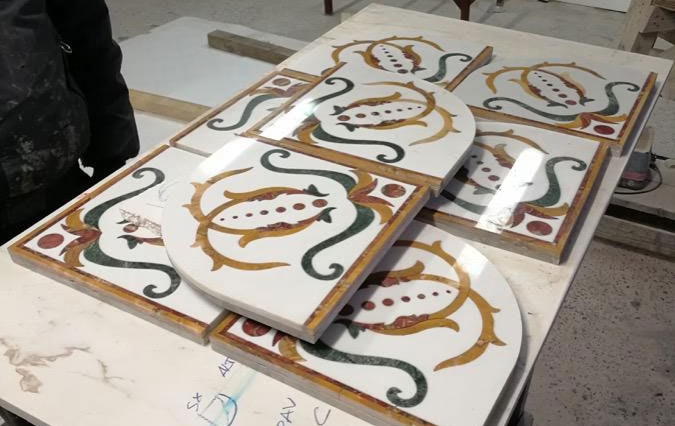
- Designing the Pattern
The first step in creating stone inlay designs is designing the pattern. Artists start by sketching the overall design on paper or directly on the surface to be inlaid. The pattern can range from geometric shapes to intricate floral motifs, depending on the style and intended use. In Mughal inlay, for example, floral designs and symmetrical patterns are common, while Rajput designs may include depictions of animals or royal symbols. The design is carefully planned to ensure that the stones will fit perfectly. - Selecting the Stones
Once the design is finalized, the next step is selecting the stones. Artisans choose a variety of semi-precious stones, each with different colors, textures, and properties. Common stones include lapis lazuli, jade, turquoise, agate, onyx, and carnelian. The selection depends on the color scheme of the design and the availability of materials. The stones are carefully sourced, often from different regions, such as Afghanistan, Persia, and Rajasthan. - Cutting the Stones
The selected stones are cut into thin slices or small pieces using specialized tools. The cutting process is extremely precise, as the stones need to fit exactly into the grooves that will be carved into the surface. Artisans use diamond-tipped saws and abrasives to shape the stones into the desired sizes. This step requires a steady hand and deep knowledge of the stone’s natural properties. - Carving the Surface
Next, artisans carve the surface of the material, typically marble, to create shallow grooves or cavities in the shape of the design. Traditional methods involve hand carving, although modern tools may also be used. The depth and width of the grooves are critical, as they must be the perfect size to hold the stone pieces securely without leaving gaps. - Inserting the Stones
Once the surface is prepared, the stones are carefully inserted into the grooves. Each piece of stone is placed one by one, fitting into the carved outline. Artisans use a special adhesive, such as epoxy or resin, to secure the stones in place. This process is done with great precision to ensure that the stones are flush with the surface and align perfectly with the overall design. - Polishing and Finishing
After the stones are set in place, the surface is polished to a smooth finish. The marble or other material is smoothed around the inlaid stones to create a seamless appearance. The stones themselves are polished to bring out their natural color and shine. This step is essential for achieving the final, high-quality look of the design. - Final Inspection
The last step in the process is a thorough inspection. Each inlay is checked to ensure that the stones are securely fixed, the design is accurate, and the overall finish is flawless. Any imperfections are corrected before the piece is considered complete.
Is There an Interesting Story Behind Stone Inlay in the Taj Mahal?
This artisan, from a small village near Agra, was known for his extraordinary skill in stone carving, which he had inherited from his father, a local stonemason. When the Taj Mahal was under construction, he was tasked with carving some of the most intricate floral patterns on the marble walls. His work was so meticulous that even the master artisans were amazed. But there was something unusual about his designs—the flowers he carved seemed to have a life of their own, and the geometric shapes he etched into the marble appeared to align perfectly with the stars.
One evening, while working alone, the artisan fell into a trance as he carefully carved a lotus flower. He later described the experience as a strange vision, where he saw his own face reflected in the marble, surrounded by blooming flowers and twinkling stars. The vision was so vivid and intense that it felt like he had entered another world. When he woke up, he noticed something extraordinary: the stone inlay work seemed to shimmer with an unexplainable glow.
The following morning, when the emperor’s officials came to inspect the progress, they were astonished by the unusual brilliance of the inlay work. The colors of the stones—particularly the lapis lazuli and jade—appeared brighter than ever before, almost as if they were alive. It didn’t take long for the rumors to spread that something magical had taken place. But then, the artisan disappeared. He was never seen again, and his name was never recorded. Some believed he had vanished into the marble itself, while others thought he had been cursed, unable to bear the power of his own gift.
Years later, a strange discovery was made within the Taj Mahal. Beneath the marble floor, a carved symbol was found that hadn’t been noticed before. The symbol looked like a map, and it seemed to match the artisan’s unique floral designs. Some people believed that the artisan had left behind a secret message—a hidden clue about the Taj Mahal’s deeper meaning or perhaps even a treasure.
Though the artisan’s fate remains a mystery, his story adds an intriguing layer to the Taj Mahal’s history. His disappearance and the mystical qualities of his inlay work continue to fascinate people, leaving a lingering sense of wonder about the hidden secrets the monument may hold.
How Does Stone Inlay Art Continue to Inspire?
Modern Adaptations in Design: Today, stone inlay art is being revived in luxury interior design. Upscale hotels, museums, and private estates use this technique for flooring, tabletops, and wall panels. For example, luxury hotels in Dubai and New York have incorporated traditional stone inlay patterns in their décor, blending historical craftsmanship with modern aesthetics. In India, particularly in Rajasthan, the technique is still alive, with artisans producing high-quality inlay work for luxury products like decorative tables, trays, and panels.
Economic Significance: In Rajasthan alone, stone inlay is a multimillion-dollar industry, with artisans earning from this traditional craft. Reports indicate that Agra, home to the Taj Mahal, generates a significant portion of its revenue from stone inlay exports. The local market for stone inlay items contributes heavily to India’s tourism and art sectors, with tourists spending millions annually on these crafts.
Continued Cultural Relevance: The art form also continues to inspire artists, architects, and designers. Many modern creators incorporate pietra dura patterns in their work, from the marble floors of the Louvre Museum to art installations in European galleries. The fine detailing, rich colors, and symmetry found in traditional stone inlays remain attractive for contemporary designers. Moreover, stone inlay continues to be taught in workshops across India, keeping the craft alive for new generations. In Rajasthan, more than 300 artisans are trained each year in the ancient methods, ensuring that this skill isn’t lost.
Conclusion: Why Does Stone Inlay Art Deserve Global Recognition?
The craft also serves as an important tool for preserving ancient traditions. While other traditional art forms face decline, stone inlay continues to thrive, especially in India’s Rajasthan region, where it provides a livelihood for hundreds of artisans. These artisans not only continue the legacy of the art form but also innovate, adapting it to contemporary tastes while respecting traditional methods.
On a broader scale, stone inlay art deserves recognition because it fosters cultural appreciation. It tells the story of India’s rich history, from the opulence of the Mughal courts to the everyday lives of artisans. Each design inlaid into marble is not just a decorative element but also a narrative, reflecting the values, aesthetics, and techniques of its time.
In conclusion, stone inlay art is a testament to human creativity, cultural preservation, and global influence. Its continued practice and integration into modern design make it a living, evolving art form that deserves international acknowledgment.
For further reading on and its significance, you can visit these useful resources:
Check out our Blog Page on Traditional Indian art.

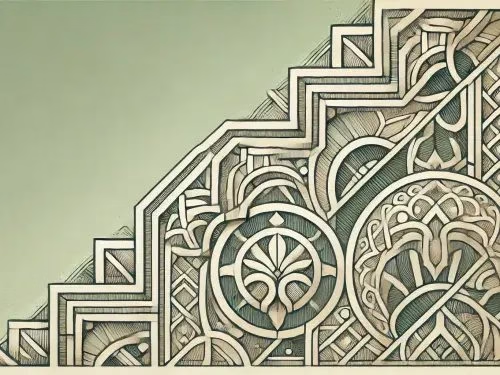
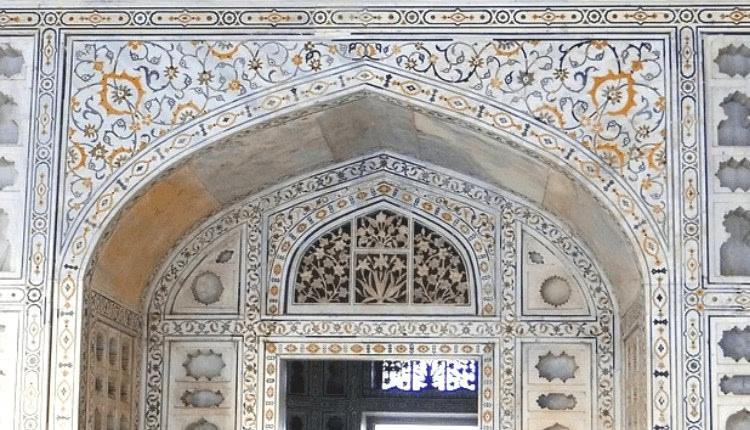
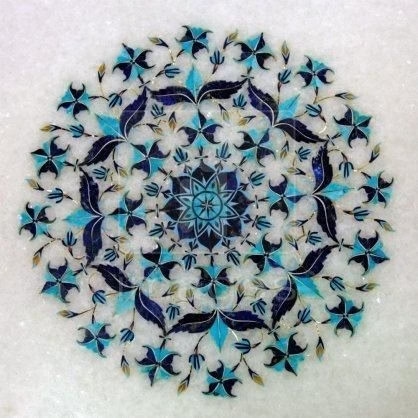
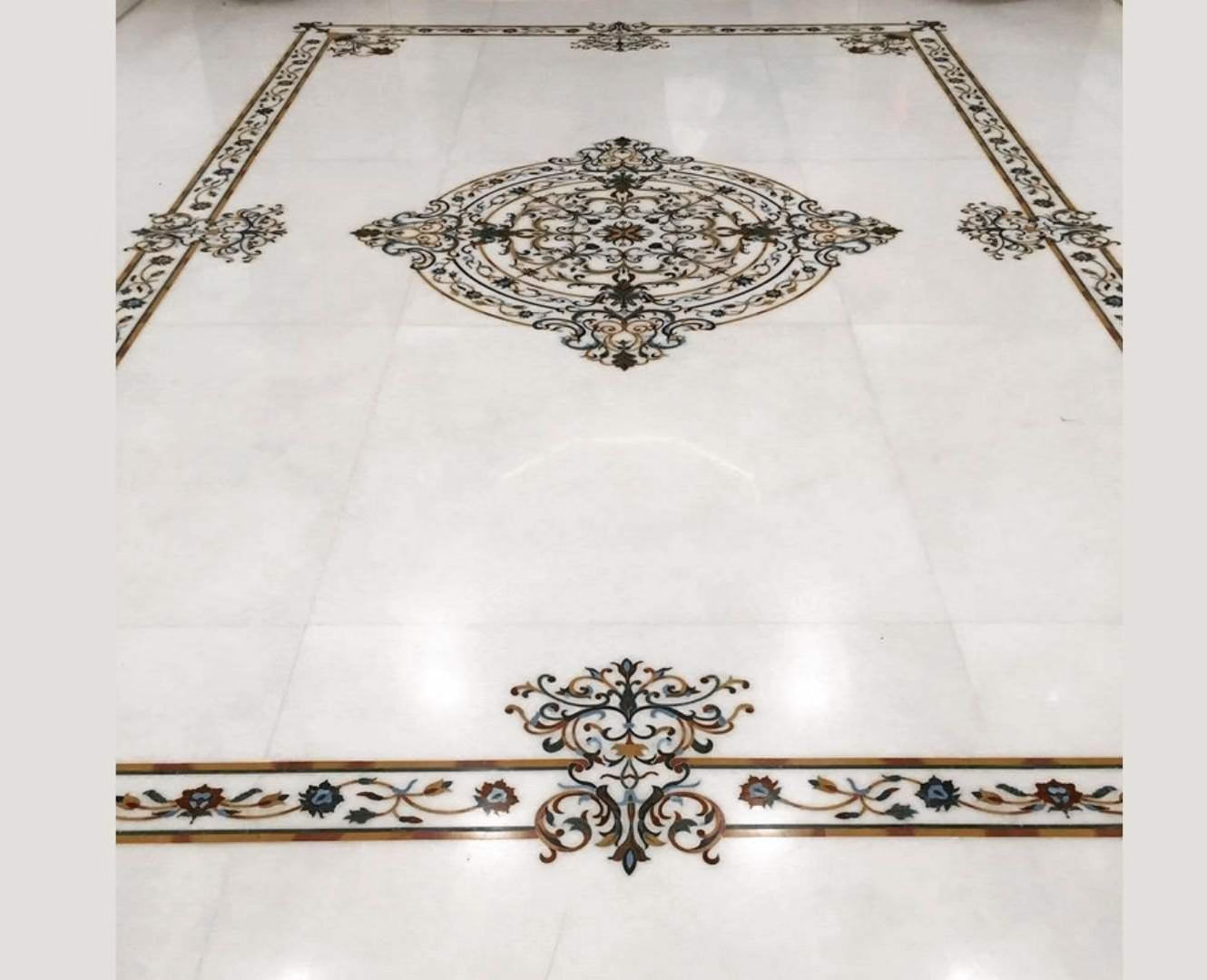
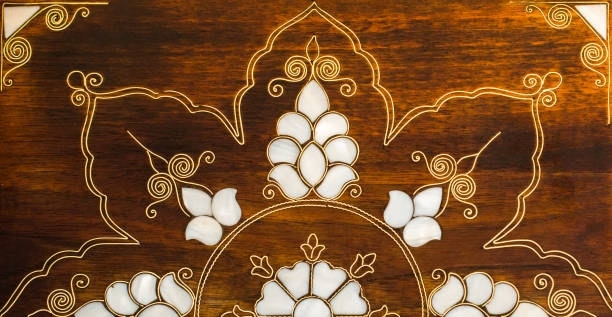
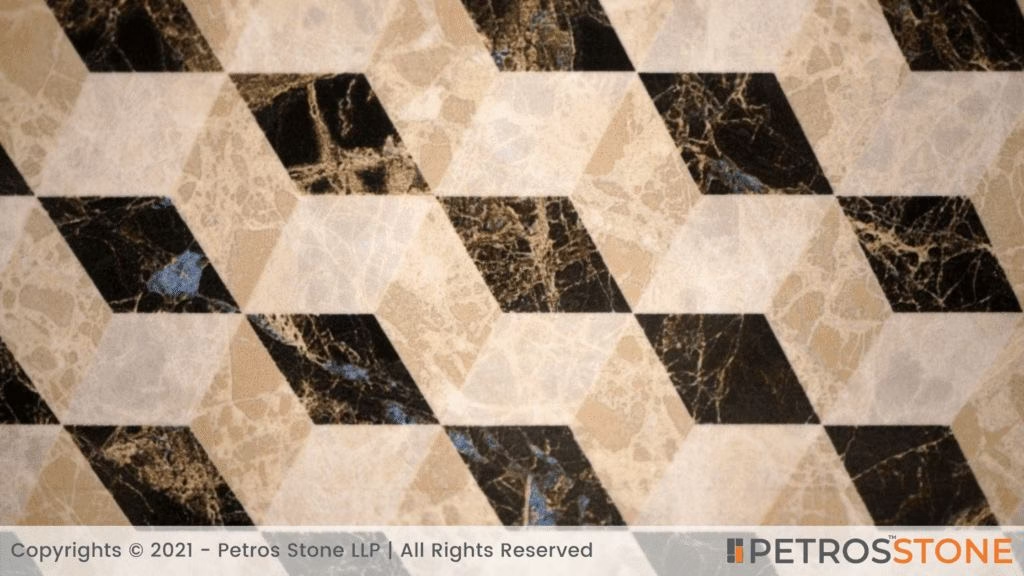
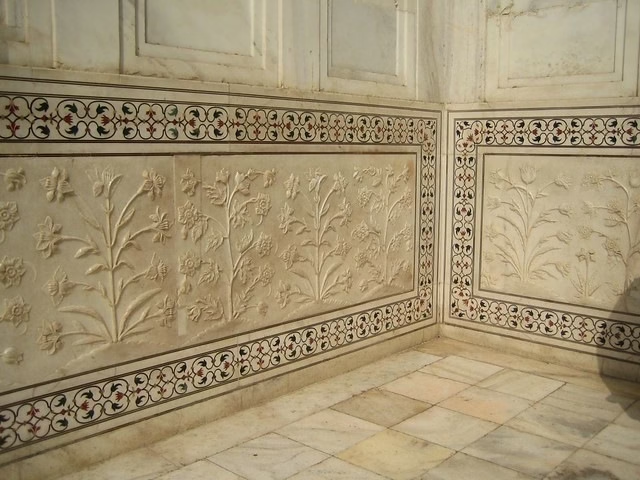
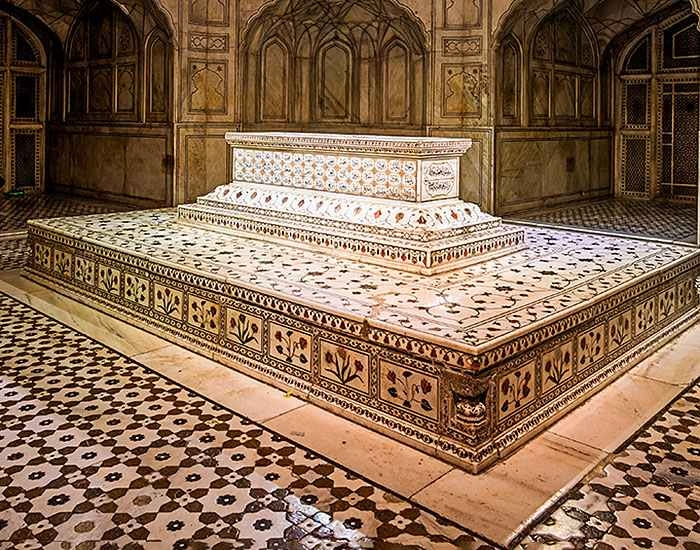
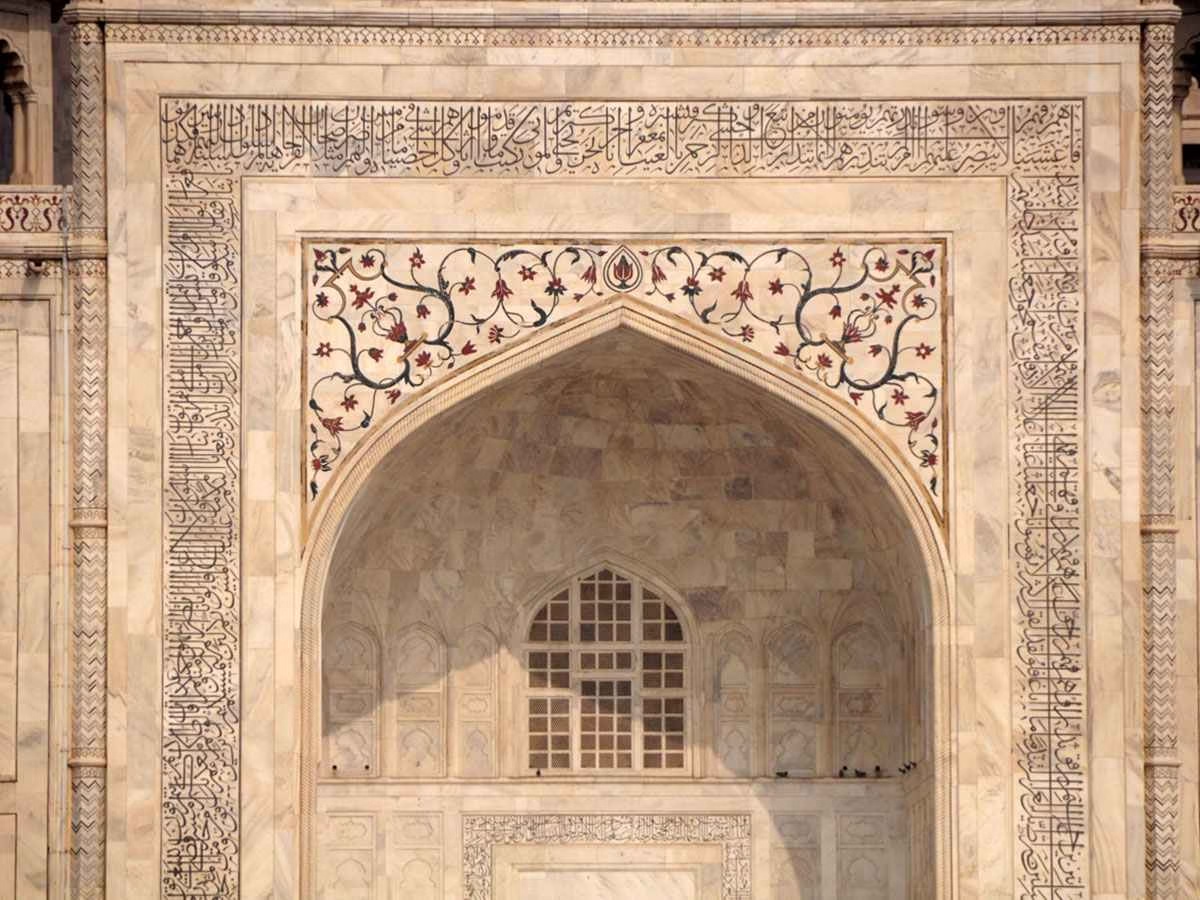
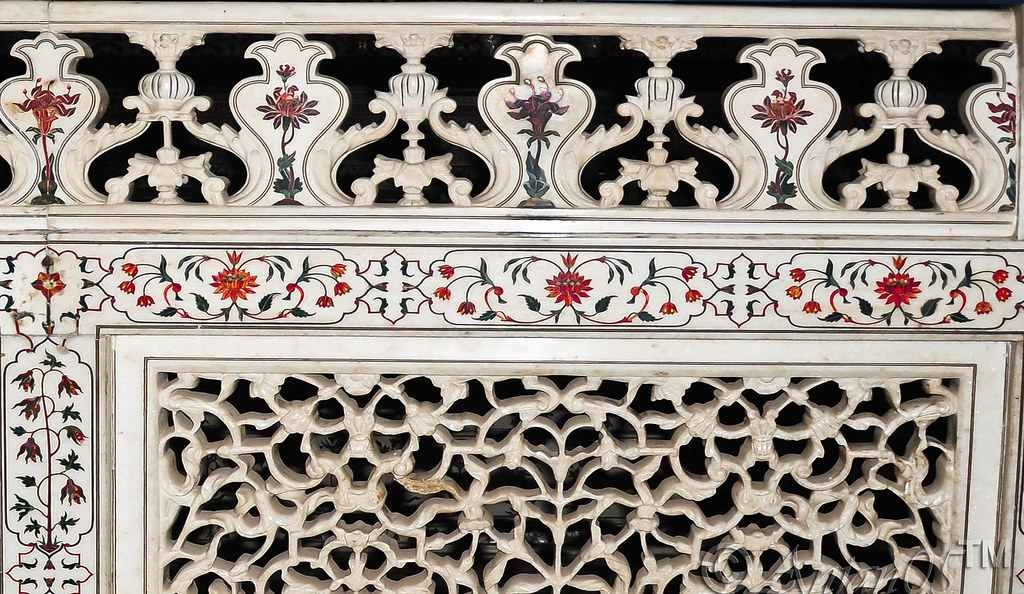
Leave a Reply